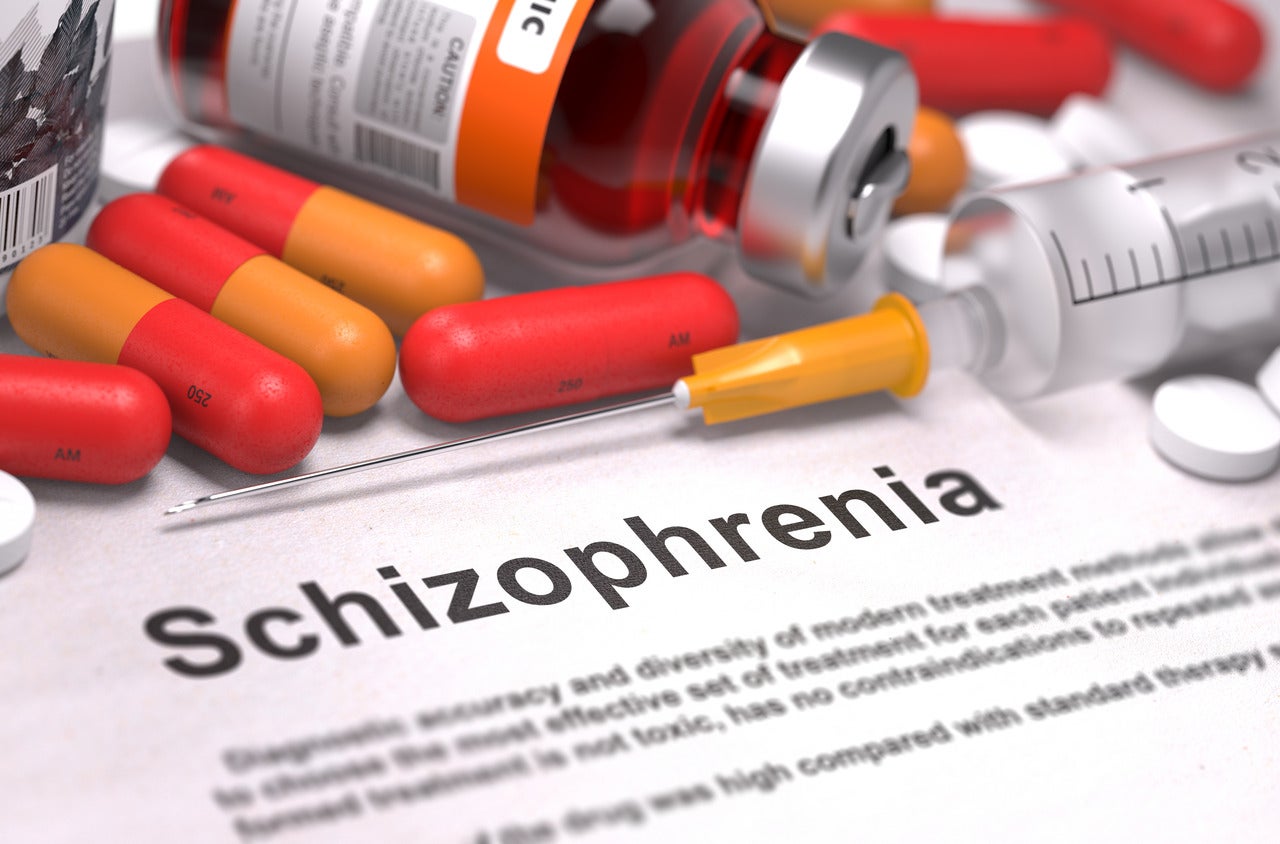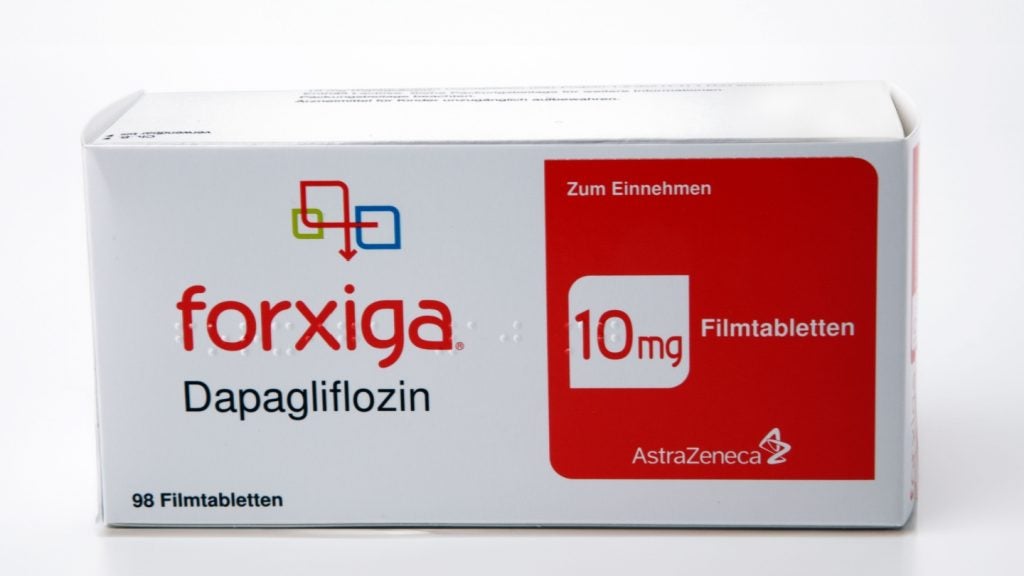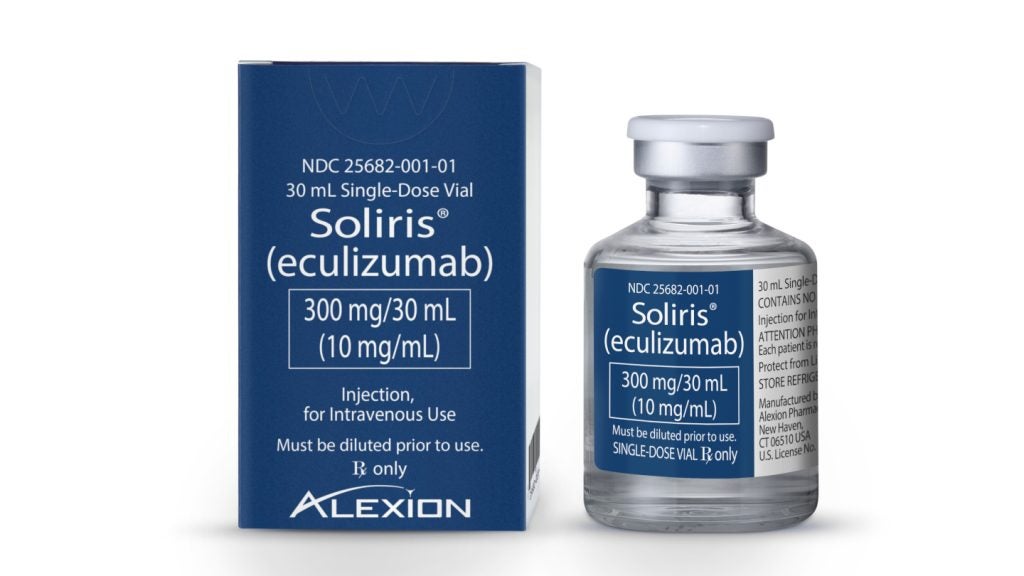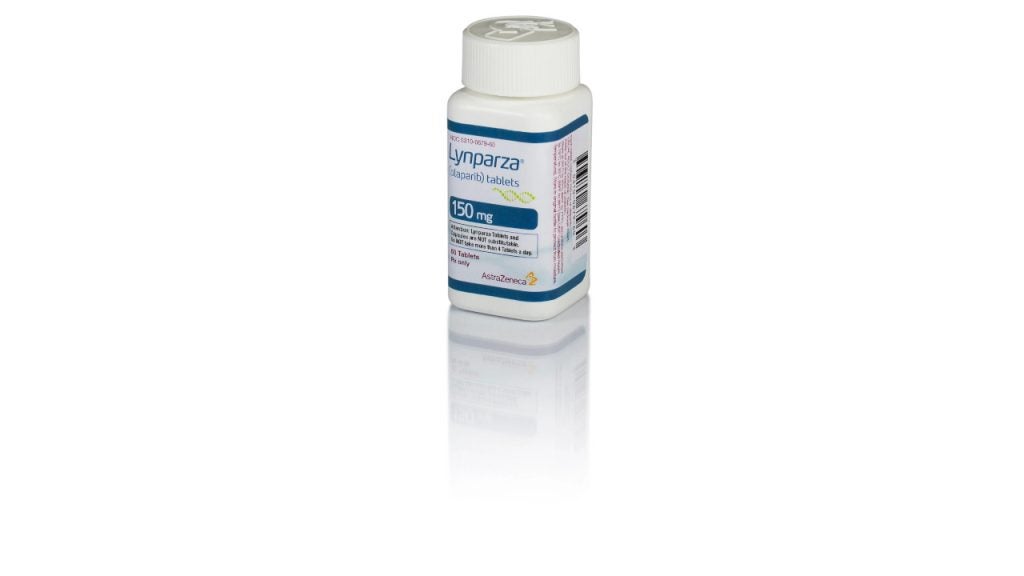On July 31, Sumitomo and Otsuka announced that two Phase III studies of ulotaront failed to meet their primary endpoints in the treatment of acutely psychotic adults with schizophrenia.
The studies, DIAMOND 1 (NCT04072354) and DIAMOND 2 (NCT04092686) evaluated the efficacy, safety and tolerability of ulotaront against placebo. Although ulotaront was safe and well-tolerated in both clinical trials, the drug did not show a statistically significant improvement from baseline over placebo in the Positive and Negative Symptom Scale (PANSS) score after six weeks. Following preliminary analysis, Sumitomo and Otsuka noted that the COVID-19 pandemic may have exacerbated placebo responses and masked the effects of ulotaront.
How well do you really know your competitors?
Access the most comprehensive Company Profiles on the market, powered by GlobalData. Save hours of research. Gain competitive edge.

Thank you!
Your download email will arrive shortly
Not ready to buy yet? Download a free sample
We are confident about the unique quality of our Company Profiles. However, we want you to make the most beneficial decision for your business, so we offer a free sample that you can download by submitting the below form
By GlobalDataThe dopaminergic hypothesis of schizophrenia forms the basis of the current schizophrenia treatment paradigm using atypical antipsychotic products, whereby therapy targets the abnormally elevated concentration of dopamine by targeting the 5-HT receptor 2A and dopamine receptor D2.
As all members of the atypical antipsychotic drug class have the same mechanism of action (MOA) and therefore a similar efficacy profile, differentiated only by slight nuances in their safety profiles, patients who do not respond to atypical antipsychotics have limited options to manage their schizophrenia symptoms.
Key opinion leaders (KOLs) previously interviewed by GlobalData hoped that a product with a novel MOA would unlock the first new drug class for schizophrenia in over 60 years and potentially improve responses in treatment-resistant patients.
See Also:
Before ulotaront’s topline results from DIAMOND 1 and DIAMOND 2, KOLs were enthusiastic about the drug’s first-in-class MOA. Ulotaront is an oral once-daily tablet that is an agonist of 5-HT receptor 1A and trace amine-associated 1 (TAAR-1) receptors. These TAAR-1 receptors are expressed in key dopaminergic and serotonergic regions of the brain, such as the ventral tegmental area and dorsal raphe nuclei, respectively, and are believed to play a key role in modulating monoaminergic transmission.
Prior to news regarding negative topline data for ulotaront, GlobalData had expected the drug to launch in the US and Japan in the fourth quarter (Q4) 2024 and Q2 2027, respectively and generate $644.2m in sales by 2031. These data sets are quite a blow to the developers, particularly Sumitomo. Sales of ulotaront could have helped Sumitomo compensate for anticipated declining sales associated with the patent expiry of its atypical antipsychotic, Latuda (lurasidone hydrochloride), starting in 2026. Even with this setback, Otsuka will remain a strong player in the schizophrenia market, having received FDA approval for Abilify Asimtufii (injectable aripiprazole dosed once every two months) for the treatment of schizophrenia in April 2023.
In addition, Otsuka has a once-weekly formulation of brexpiprazole in Phase III development for schizophrenia (NCT05325645). If the companies decide to move forward with ulotaront, it is likely that additional efficacy data for the drug will be required by the FDA, further delaying the drug’s launch behind other potential competitors. Most notably, Karuna Therapeutics’s KarXT (xanomeline + trospium chloride) is a coformulation to preferentially activate central muscarinic receptors and prevent peripheral side effects with a muscarinic receptor antagonist that cannot pass the blood-brain barrier, a potential first-in-class product, developed to target the positive and negative symptoms of schizophrenia.
The safety and efficacy of KarXT are supported by data from the Phase III EMERGENT program. GlobalData forecasts that KarXT will launch in the US in Q3 2024 and accrue sales of $1.1bn by 2031.











Related Company Profiles
Sumitomo Corp
Otsuka Holdings Co Ltd
Otsuka Corp
Karuna Therapeutics Inc